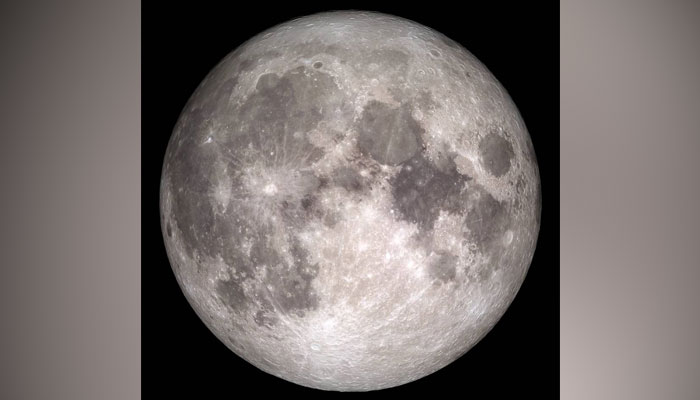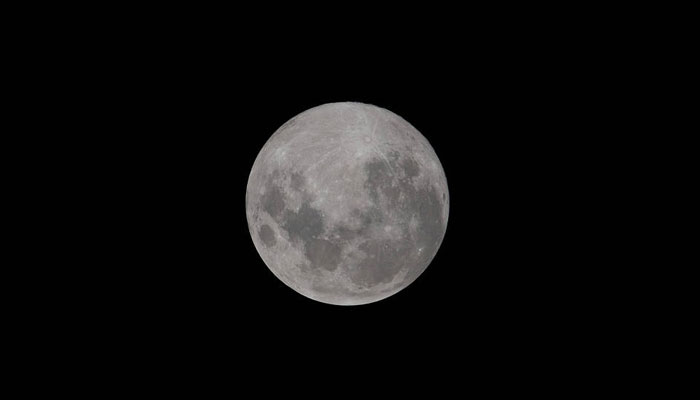Moon causing earthquakes? Experts are amazed by its power
"With these huge datasets, they started to get some small but significant correlation," says expert
June 12, 2023

It is a well-known fact that the moon has effects on Earth's oceans. But experts have claimed that the planet’s natural satellite produces forces which could cause earthquakes on our planet.
Experts have revealed, as new and comprehensive data sets emerged, the moon has a significant impact on our planet. It also led scientists to conclude that the moon caused some jolts on Earth.
"With these huge datasets, they started to get some small but significant correlation," Chris Scholtz, a geologist and professor emeritus of earth and environmental science at Columbia Climate School, told Insider.
He also regarded it as "credible".
The clear impact of the moon's pull is seen in earthquakes underwater.
According to research published in the journal Science, it revealed that earthquakes along underwater fault lines seemed to follow the tides of the ocean.
“Earthquakes here are about ten-fold more likely to happen when the tide has gone out,” Scholtz said.

Their research study, published in Nature Communications, that earthquakes were caused by the weight of the ocean pressing down on a volcano's magma chamber.
"What's happening is the tides are actually making the magma chamber inflate and deflate. That's what's causing the earthquakes."
“When the tide is low, less water presses down on the chamber, which then inflates. This, in turn, puts more pressure on the fault line, making it more likely to create an earthquake.”
Moon is also exerting its impact on rocks as they bulge and squish under the gravitational pull from the moon.
"Solid earth tides are the same as the tides, it's just on the solid earth. And the amplitude of motion is very tiny because the earth is very stiff," said Scholtz.
"You can measure it with a very sensitive instrument. But you can't notice it," he said.
Davide Zaccagnino, PhD student of geophysics at the Sapienza University of Rome, told Insider: “These tides can deform the Earth by up to about 22 inches vertically and about 11 inches horizontally every day.”
By digging into these datasets, a few studies have suggested a link between Earth’s tides and earthquakes.
"While fluids can flow, rocks can just slightly change their shape according to the intensity and direction of the tidal perturbation, which promotes stress accumulation," said Zaccagnino.
He added: “If rocks are already overstressed because of the action of tectonic forces, even a small stress the pull of the moon can be the straw that breaks the camel's back, creating a crack in the rock.”
Zaccagnino said: "If surrounding rocks are also unstable, the fracture can speed up to involve large fault patches. The final outcome is an earthquake.”
It has become clear that the moon does not cause earthquakes but could give a push when the rock is on the very brink of collapse. This occurs in particular circumstances after the pull lines up with the fault line.
"Tides cannot help us to predict earthquakes. But they can help us to better understand their physics, which is still mainly unknown," said Zaccagnino.
Knowing when the moon's pull has been able to trigger on an earthquake can help us, for instance, understand when the crust was at a breaking point, Zaccagnino said.









